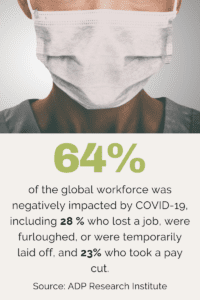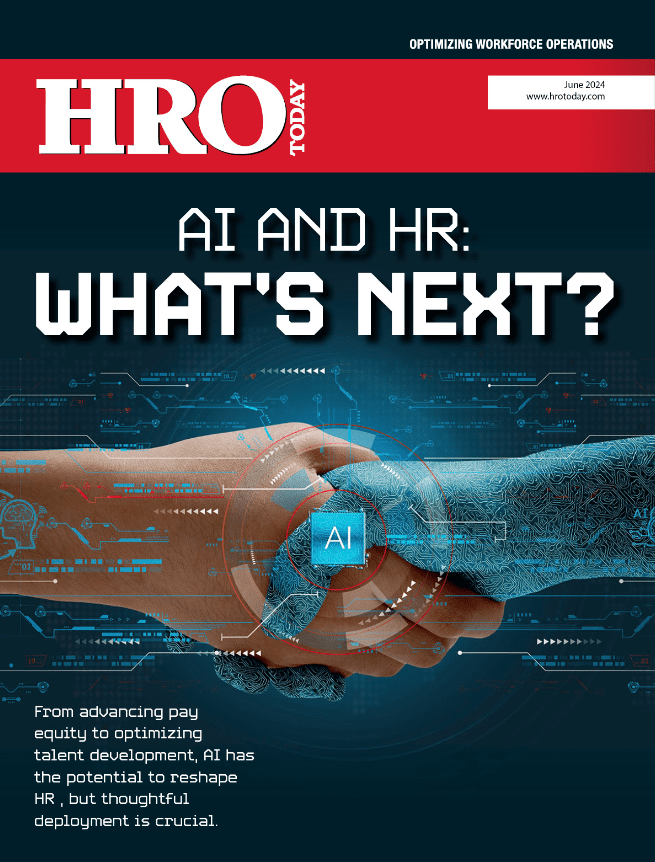Four trends are expected to shape the APAC workforce in 2022 and beyond
By Zee Johnson
For organisations in the APAC, 2021 was characterised by transformation and priortisation from both employees and their employers.  Some workers endured pay cuts and job losses, whilst many leaders had to shuffle and reconfigure business structures to keep companies afloat. A recent study by ADP Research Institute found that 64% of the global workforce was negatively impacted by COVID-19, including 28 % who lost a job, were furloughed, or were temporarily laid off, and 23% who took a pay cut.
Some workers endured pay cuts and job losses, whilst many leaders had to shuffle and reconfigure business structures to keep companies afloat. A recent study by ADP Research Institute found that 64% of the global workforce was negatively impacted by COVID-19, including 28 % who lost a job, were furloughed, or were temporarily laid off, and 23% who took a pay cut.
With the aftermath of this data being a ferocious talent market, here are four trends believed to be the biggest drivers of 2022’s workplace evolution.
1. Employee visibility evolves in a hybrid workplace. Many workplaces are scattered -whilst some employees report on-site, others are working from home or a combination of the two. Because of this, organisations are seeking to gain a better understanding of the general need of their location-divided staff. ADP’s survey found that 75% of the global workforce has made or plans to make changes to how or where they live (that number increases amongst Generation Z (85%).) To combat impending disconnection, leaders must collect and focus on data that will provide insight into current and potential engagement and performance metrics. They must also help managers support a goal-getting team, regardless of location. According to the survey, employees who have trust in their organization are seven times more likely to feel a strong connection.
2. Putting people in the centre of culture. Inclusion has been a hot button issue for the past two years, and it is an important component when fostering a connected workforce, according to an ADP report on DE&I. From connection comes heightened engagement and employers will need to increase their people focus and identify initiatives that will unify their workforce.
People-centered tactics will help build an equitable environment where it is possible for every employee to thrive. Diversity, equity, and inclusion strategies also help to drive accurate, measurable progress.
3. Data will help maintain compliance. The urgency to remain compliant with remote employees will be even higher. According to an ADP survey with HR Outsourcing, nearly 20% of companies with 25 to 99 employees say they are facing challenges with compliance and regulatory issues. Accurate and up-to-date data will be key in helping organisations tackle compliancy and subsequent decision-making.
4. HR tech is playing a larger role. Organisations will rely heavily on technology this year, looking to it for efficiency, and to refocus efforts on strategies that support growth. A Mckinsey Global Survey recently found that the share of digital or digitally enabled products in the portfolios of organisations across the globe have accelerated by seven years. With recent developments, there are now a slew of new apps and programs that are helping to alleviate the time leaders once put into tedious tasks. Now leaders can focus more on their people, a feat that will be beneficial for both employers and employees, as employees seek greater flexibility and control in their working experience.













